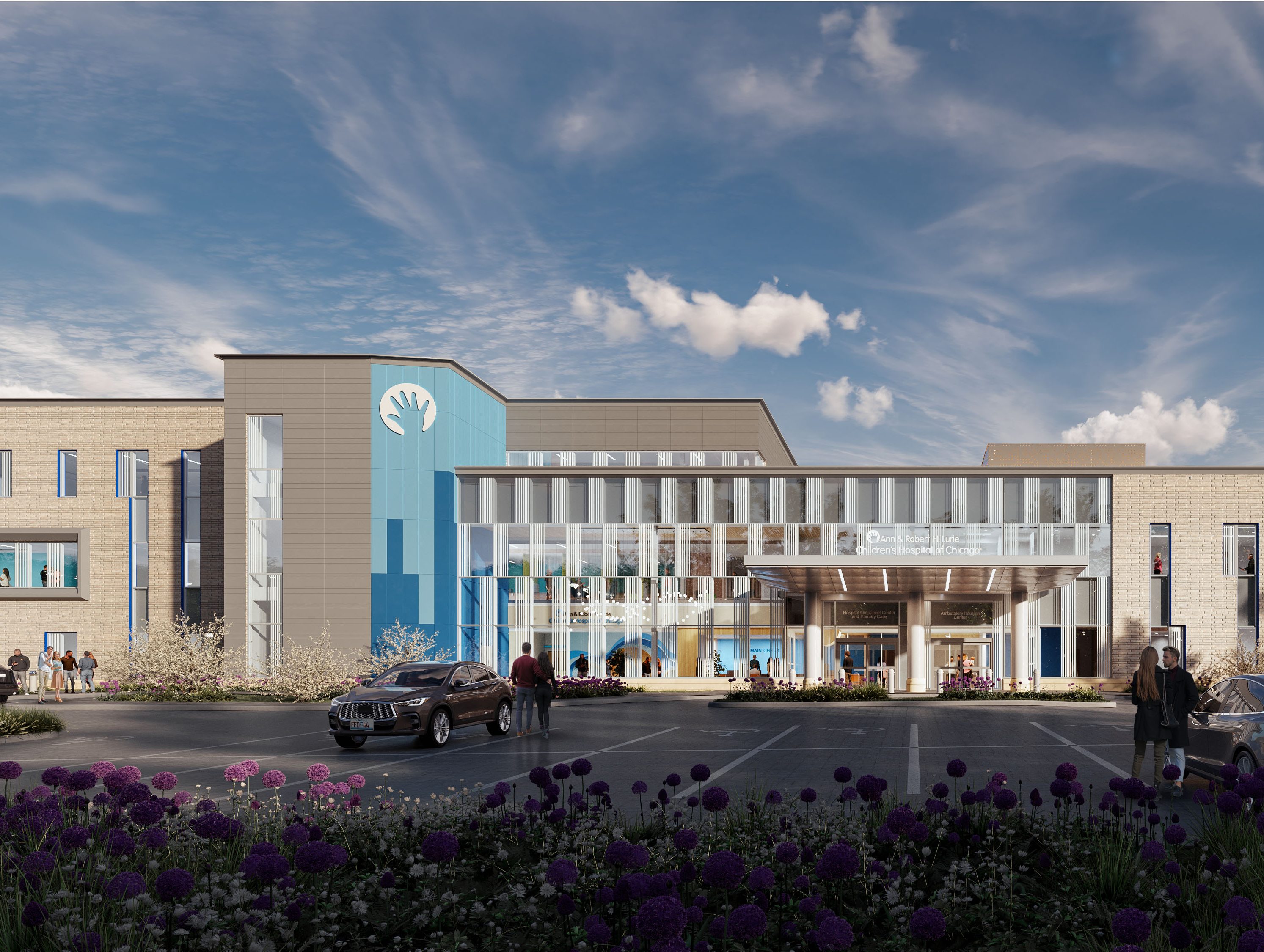Examining the Digital Transformation During COVID-19
IT has been key to maintaining business continuity during this difficult time, says Brian Sutherland of Yardi Systems Inc.
The state of commercial real estate has been significantly changed by the COVID-19 pandemic. The industry has seen a steep rise in the need for tech platforms to drive revenue and facilitate remote work to keep offices safe and productivity high.
Spending on advanced technology
I recently participated in a Realcomm webinar in which Stuart Appley shared CBRE research that found 57 percent of companies were increasing spending on digital transformation prior to COVID-19. Moving forward, 70 percent of executives said digital transformation spending is likely to accelerate. A deeper dive into the numbers shows that increased spending is driven largely by business growth opportunities (51 percent) and increased competitive pressure (41 percent). The focus of the spending is primarily on modernizing customer touchpoints and enabling infrastructure, comprising 54 percent and 45 percent, respectively.
In other words, operators are spending on tech that allows them to grow their business and to keep up with the competition, specifically by creating or implementing new systems to eliminate physical touchpoints. Health and wellness standards will need to be consistently monitored in order for offices to return to normal business.
Appley, the managing director for CBRE, described some of the digital advances that companies are examining and implementing:
- Drones to perform building inspections;
- Machine learning;
- Robotic process automation;
- Virtual reality training and virtual space planning;
- Blockchain to digitize assets.
A poll in the Realcomm webinar, showed that 85 percent of attendees believed the rate of tech adoption will increase due to the effects of the pandemic on businesses.
Innovative projects and IT strategy
Executive decisions about IT should address several key metrics: increase asset value, reduce expenses, increase tenant retention and drive revenue. If you build your IT strategy around these points, you will be successful.
Moving payments online is something that has never been fully embraced by many tenants and landlords. With an influx of requests for electronic payments, to maintain distancing and remove touchpoints, it seems this concept is gaining more momentum. Paying rent, paying vendors and accepting payments should be done through portals that facilitate security and expedite processing time.
Another key project is going to be 5G network infrastructure and implementation. With so many remote workers and a huge increase in virtual meetings, the demand for top of the line video conferencing and faster Wi-Fi will only continue to grow.
Donnie Law, the founder & CEO of REMLogics, shared that his company’s research found 41 percent of companies are currently using no- or low-code platforms, and 84 percent of those users reported reduced costs. No-code development allows for nonprogrammers to create software without the use of traditional programming methods. Examples of these cases, per REM Logics, include property calendars, task trackers for property managers, deferred payment agreements, loan management systems and custom lease abstract reporting.
A majority of the attendees on the Realcomm webinar voted that the main focus of their IT department for the next 12 months would be driving new IT initiatives in line with business strategy. The 56 percent who selected that response was greater than all other responses combined, with “addressing cybersecurity issues” in second place, drawing 22 percent of the votes.
Interoffice engagement
Employee surveys are becoming a significant way to gauge the overall mindset of teams. As recently described by my colleague Chris Barbier, these surveys are helping operators make reopening decisions, as well as informing how the office will look and feel when it does welcome everyone back. Susan Gerock, the vice president of WashREIT, said her company’s surveys showed that employees wanted more information about how the company works, and what was going on internally and with the competition.
Her team decided to implement solutions like an intranet and a team dedicated to helping maintain lines of communications between departments and human resources. “Use influencers like social media would,” Gerock said. “There are key members within an office who can entice others to seize and take advantage of new digital capabilities to further company goals.”
Ilan Zachar, the CTO at Carr Properties, added, “IT needs to show we’re a horizontal department, not a vertical department and we need to have insight into all departments to be able to serve all of them.”
IT has been key in maintaining business continuity during these difficult times. Use this trend to drive not just current need but future evolution from an IT perspective. The digital transformation was always going to happen, but now it is happening faster and with more immediate purpose than ever.
Brian Sutherland is an industry principal of commercial at Yardi Systems Inc.








You must be logged in to post a comment.